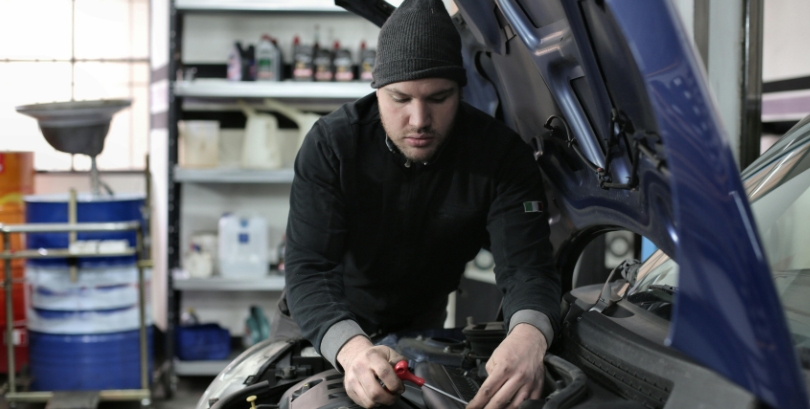Every car owner has searched for quick repair advice online at some point. While the internet can offer useful tips, it’s also full of misleading shortcuts that lead to bigger repair bills. From skipping diagnostics to trusting unverified tutorials, even small missteps can snowball into major expenses. Here’s a closer look at the ten most common mistakes drivers make when following car repair advice—and how to avoid them.
1. Ignoring the Check Engine Light
That glowing orange light isn’t a friendly reminder—it’s a warning. Many online forums suggest quick resets or “tape-over” fixes, but ignoring the root cause can cause costly damage to your catalytic converter or sensors. The right move is to get a proper diagnostic scan before taking any action.
2. Using the Wrong Engine Oil
Some advice promotes “universal” or thicker oils for better protection. In reality, using oil with the wrong viscosity can damage engine components and reduce fuel efficiency. Always follow the manufacturer’s recommendation listed in your vehicle’s manual—there’s science behind it.
3. Overtrusting DIY YouTube Repairs
DIY car repair videos can be empowering, but not every creator is a certified mechanic. One incorrect torque specification or misplaced gasket can turn a $50 part replacement into a $500 engine repair. Use tutorials only for basic maintenance like wiper or filter changes, and leave complex jobs to professionals.
4. Skipping Brake Maintenance
Some blogs suggest waiting until brakes squeal before replacing pads. By that point, the rotors are often already damaged. Regular inspections every 10,000 miles can prevent a $1,000 brake overhaul.
5. Believing “Lifetime Fluids” Last Forever
Transmission and coolant fluids labeled as “lifetime” don’t actually last the lifetime of your car. Over time, they degrade and cause internal wear. Trust your service schedule, not marketing terms.
6. Neglecting Tire Alignment After Repairs
After suspension work or hitting a pothole, many skip alignment thinking it’s optional. Misaligned tires wear unevenly and force your car’s steering system to work harder, costing more in replacements and fuel.
7. Buying the Cheapest Replacement Parts
Online stores are flooded with inexpensive alternatives, but substandard materials can fail quickly and void warranties. Using OEM or high-quality aftermarket parts saves money in the long run by reducing repeat repairs.
8. Disconnecting the Battery to “Reset” Issues
This old-school trick might temporarily clear warning lights but doesn’t fix underlying electrical faults. It can even erase important vehicle data needed for accurate diagnostics. Modern vehicles rely heavily on onboard computers that shouldn’t be tampered with casually.
9. Ignoring Small Leaks
A few drops under your car may seem harmless, but ignoring fluid leaks can lead to overheating, low lubrication, or even transmission failure. The sooner you identify and fix a leak, the less damage it causes.
10. Skipping Professional Diagnostics
Many drivers replace parts based on assumptions or online advice without confirming the cause. This “trial-and-error” approach wastes time and money. A professional scan pinpoints the issue and prevents unnecessary replacements.
Also read: Will Classic Cars Survive in a World of Autonomous Cars in the Future?
Driving Smart Means Repairing Smart
The best car repair advice is about precision, prevention, and long-term reliability. Always verify sources, follow manufacturer guidelines, and don’t underestimate the expertise of certified mechanics. Your car will thank you with better performance, fewer breakdowns, and thousands saved in repair costs.
Tags:
AutomobileVehicle MaintenanceAuthor - Jijo George
Jijo is an enthusiastic fresh voice in the blogging world, passionate about exploring and sharing insights on a variety of topics ranging from business to tech. He brings a unique perspective that blends academic knowledge with a curious and open-minded approach to life.



